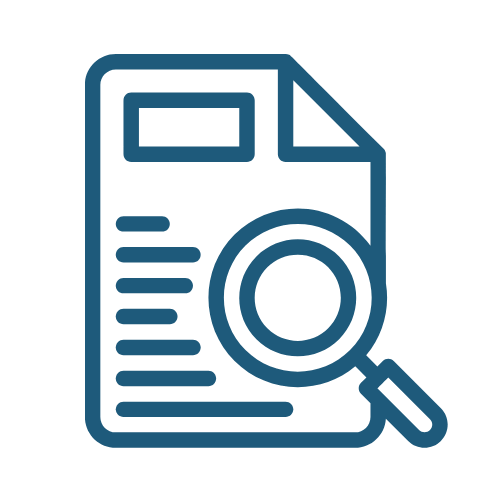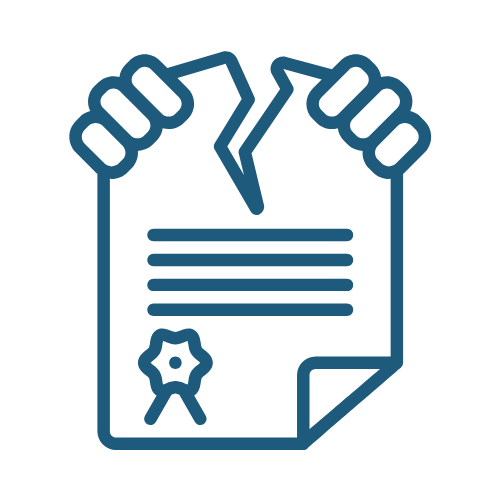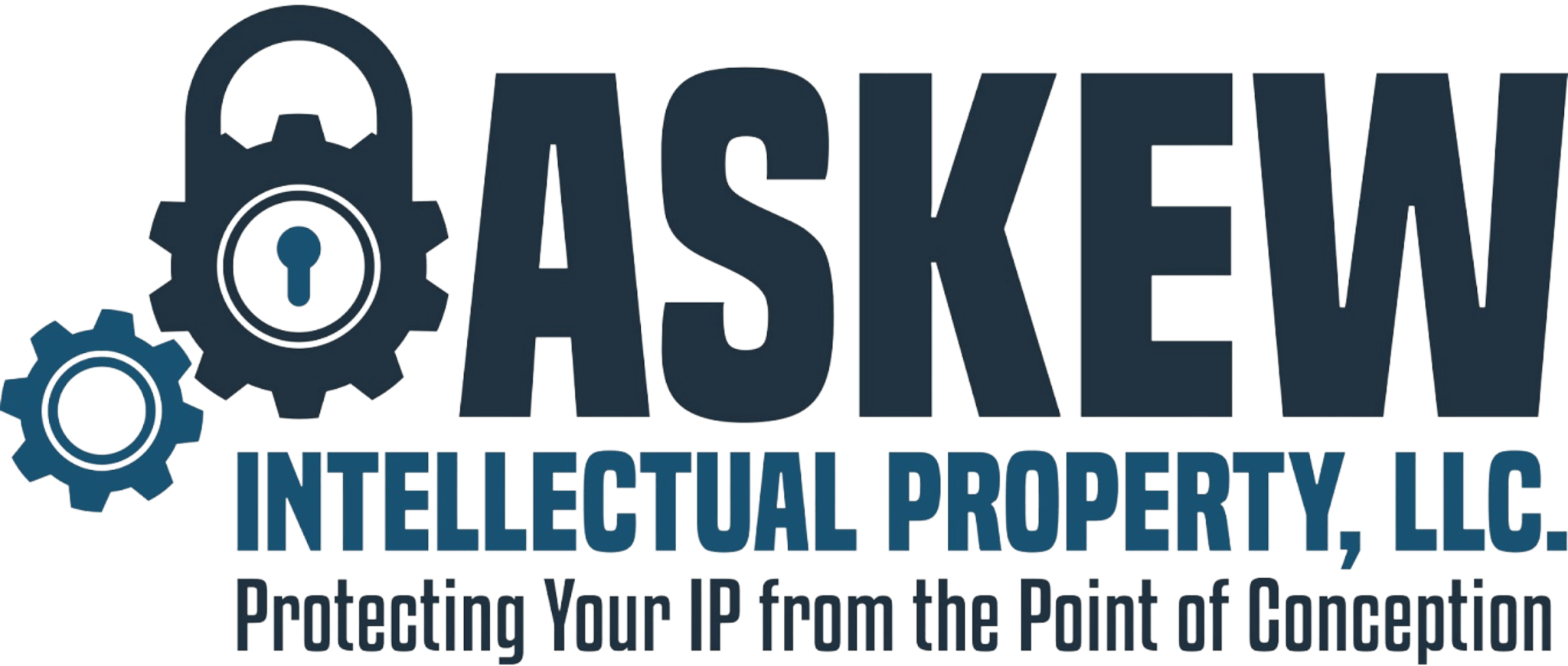Patents
Smart Protection
For Big Ideas!
Strategic patent protection to secure and grow your innovation.
Patent Services
Protecting Your Invention Starts Here!
Your invention is more than an idea—it’s a valuable asset. Whether you’re an individual inventor, a startup, or an established company, securing a patent is a critical step in protecting your innovation and gaining a competitive edge in the marketplace.
At Askew Intellectual Property, LLC, we offer comprehensive patent services backed by real-world engineering experience and deep legal insight. From concept to issuance, we help you navigate the complexities of patent law with clarity, confidence, and strategy.

Patentability Option
Determines whether an invention meets the legal requirements for patent protection.

Clearance Search
Identifies potential patent conflicts to reduce infringement risk before your product launch.

Infringement Opinions
Provides legal insight into whether a product or process infringes—or is being infringed upon.

Invalidity Search
Analyzes relevant prior art to assess the strength or potential vulnerability of an existing patent.

Patent Design-Around Assistance
Offers strategic alternatives that avoid infringement while preserving product functionality.

Patent Application Preparation
Drafts and files utility and design patent applications with precise language and strong technical detail.

Patent Application Filing
Handles USPTO correspondence, including responses to Office Actions, to move applications toward approval.

Continuation, Divisional & CIP Applications
Manages follow-up filings that expand, modify, or improve the scope of original patent applications.

PCT Filings
Facilitates international protection through Patent Cooperation Treaty filings in multiple jurisdictions.

Patent Appeals
Pursues appeals before the USPTO’s Patent Trial and Appeal Board when applications are denied.

Reissues
Corrects errors or broadens the scope of issued patents through formal reissue procedures.

Post-Grant Proceedings
Represents you in Ex Parte Reexaminations, Inter Partes Review, and Post Grant Review .

License Agreements
Drafts and negotiates agreements that generate revenue and define the terms of patent use.

Assignments
Prepares and records legal documents to transfer patent ownership accurately and securely.
FAQ
Clear Answers,
Confident Innovation
What Is A Patent And When Do I Need One?
A patent is a legal right granted by the government that gives the inventor exclusive rights to make, use, sell, or license their invention for a set period of time. Patents protect inventions—specifically any new and useful process, machine, manufacture, or composition of matter, as well as improvements to those inventions (35 U.S.C. § 101). Design patents protect new, original, and ornamental designs applied to manufactured articles (35 U.S.C. § 171). The typical term for a utility patent is 20 years from the date of filing, while a design patent lasts 15 years from the date of grant (if filed on or after May 13, 2015) or 14 years (if filed before that date).
If you’re unsure what type of protection fits your work, we can help guide you.
What Happens After I File A Patent Application?
Once a patent application is filed, it enters a waiting period before examination begins. This period can last a year or more depending on the backlog at the United States Patent and Trademark Office (USPTO) and the type of application filed. When the application is assigned to an examiner, the examination process—known as patent prosecution—officially begins.
The examiner will review the application for compliance with patent laws, including novelty, non-obviousness, and enablement. If issues are found, an Office Action is issued. This is a formal response requiring clarification, amendment, or legal argument. Your attorney will respond to the Office Action and work toward overcoming any objections. This process may take multiple rounds.
If the examiner is satisfied, the application proceeds to allowance and ultimately issues as a granted patent. Askew IP manages this process from start to finish, ensuring each step is handled with precision and strategy.
What If My Patent Application Is Rejected?
A rejection doesn’t mean the end of your patent journey. In fact, most applications receive at least one rejection during prosecution. Rejections typically come in the form of non-final or final Office Actions and may cite issues like prior art, lack of clarity, or claim scope.
In response, your attorney can revise the claims, present legal arguments, or adjust the description to address the examiner’s concerns. If a satisfactory resolution isn’t reached, the application may be appealed to the Patent Trial and Appeal Board (PTAB). This formal appeal allows for further legal argument and may result in the reversal of the examiner’s decision.
Askew IP has extensive experience guiding clients through rejections and appeals, turning setbacks into opportunities to strengthen the application.
Can I Change Or Correct My Patent After It’s Granted?
Yes. In certain situations, you can modify a granted patent through a process known as a reissue application. This is used to correct errors in the patent, such as incorrect claims or defects in the disclosure. Reissues can also be used to broaden the scope of protection—if filed within two years of the original grant.
Alternatively, certificate of correction may be used for minor errors like typos or clerical mistakes. These are more limited in scope, but can help preserve the accuracy and enforceability of your patent.
At Askew IP, we evaluate your specific needs and advise whether a reissue or other correction procedure is appropriate to protect the integrity and value of your intellectual property.
What Is A PCT Filing And Why Is It Important?
A PCT filing refers to the Patent Cooperation Treaty, an international agreement that allows inventors to file a single patent application and seek protection in over 150 participating countries. A PCT application does not itself result in an international patent, but acts as a unified entry point.
This process gives applicants additional time (typically up to 30 or 31 months from the earliest priority date) to decide which countries to pursue patents in, while preserving their filing date. It’s an essential strategy for businesses with international markets or global growth plans.
Askew IP prepares and files PCT applications and works closely with foreign counsel to manage the national stage entries and maintain global protection.
Can Askew Help With Post-Grant Patent Proceedings?
Yes. After a patent is granted, it can still be challenged through post-grant proceedings at the USPTO. These include:
-
Ex Parte Reexamination – A third party or the patent owner requests a review based on prior art.
-
Inter Partes Review (IPR) – A trial-like proceeding challenging the validity of a patent’s claims.
-
Post Grant Review (PGR) – Available shortly after a patent is granted, this allows broader challenges to patentability.
These proceedings require deep technical and legal insight. Askew IP represents both patent owners and challengers in post-grant reviews, using a strategic, evidence-driven approach to defend or contest issued patents.
What Services Do You Offer For Licensing And Commercialization?
Askew IP assists clients in maximizing the value of their patents through license agreements. Licensing allows you to generate revenue while retaining ownership and controlling how your invention is used.
We draft, review, and negotiate license agreements to ensure your rights are clearly defined, your intellectual property is protected, and your financial interests are secured. Whether you’re licensing technology to manufacturers, entering joint development partnerships, or monetizing through multiple channels, Askew IP ensures every agreement aligns with your goals.
Do I Need To Mark My Products With Patent Numbers?
Yes, patent marking is important for protecting your enforcement rights. Under U.S. law, a patent owner must provide actual or constructive notice to an alleged infringer to be eligible for damages.
Constructive notice is typically achieved by marking the product with the word “Patent” or “Pat.” followed by the patent number(s). Alternatively, virtual marking is allowed—using “Patent” or “Pat.” along with a URL that lists the applicable patents.
False marking, however, can result in penalties. Products should only be marked if a valid patent has been issued and covers that specific product. Askew IP ensures your marking is done correctly to preserve your legal remedies.
Address
10331 Dawson’s Creek Blvd, Suite F
Fort Wayne, Indiana 46825
Phone Number
Email Address
Open Hours
Weekdays : 9:00 - 5:00
Weekend : Closed
Let's Talk!
Contact Us Today For A Consultation!
“Whatever you do, work at it with all your heart, as working for the Lord…” Colossians 3:23
Disclaimer: “This web page is not intended to provide legal advice. Visitors should seek professional legal counsel for any legal issue. Transmission and receipt of information contained herein does not create or constitute an attorney-client relationship. Do not disclose any information specific to a given matter until a conflict check has been performed and until you have received an engagement letter from this firm. While attempts are made to maintain the accuracy of information on this Web site, this information may contain errors or omissions for which Askew Intellectual Property, LLC, disclaims any liability. Askew Intellectual Property, LLC, reserves the right to accept or decline representation of any client in any matter.
Any references to "we," "us," "our," or similar terms on this Website are used solely for business and branding purposes and refer to Askew Intellectual Property, LLC as a legal entity—not to imply the presence of multiple attorneys. Gerald Askew is the sole licensed attorney operating within the firm.”
